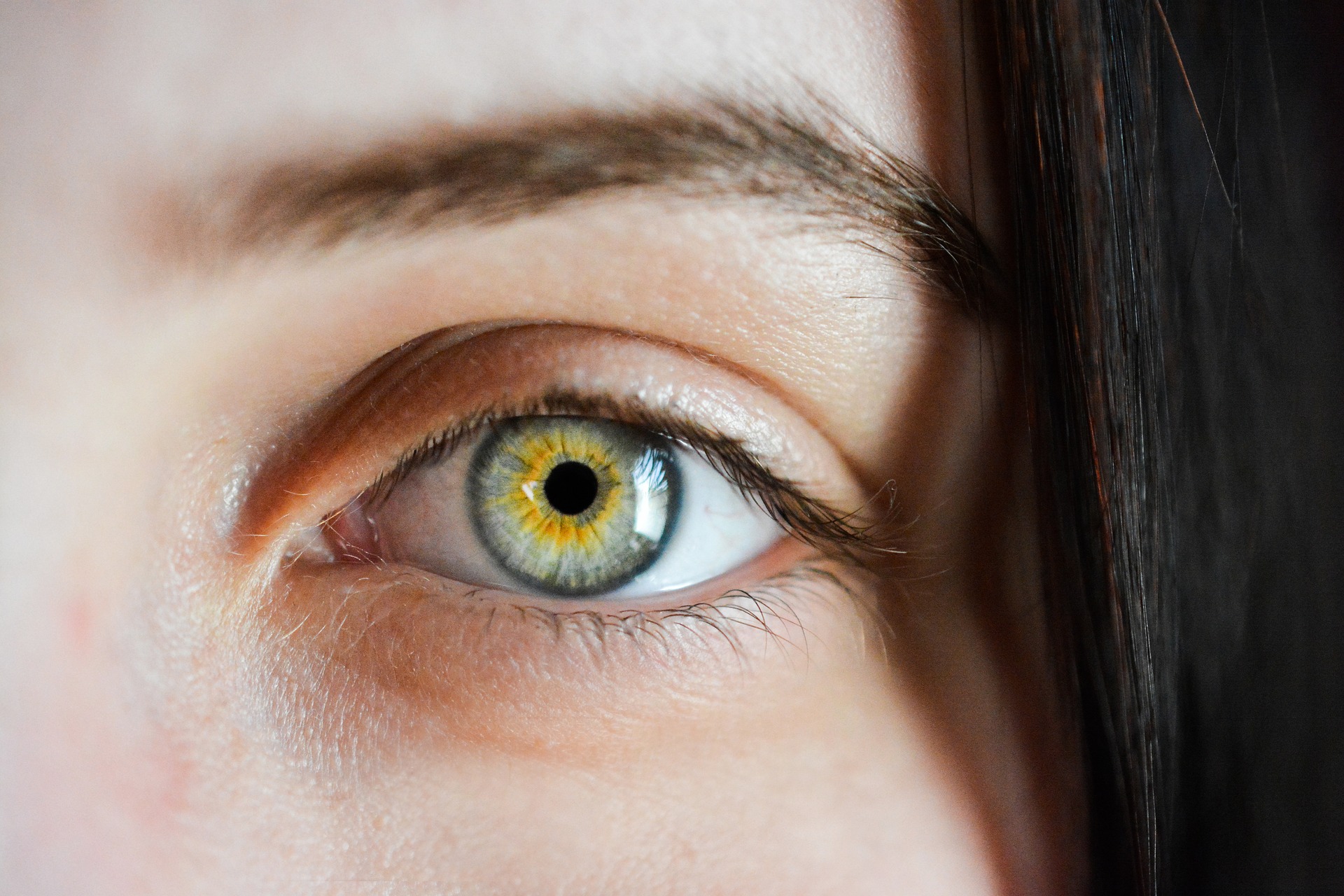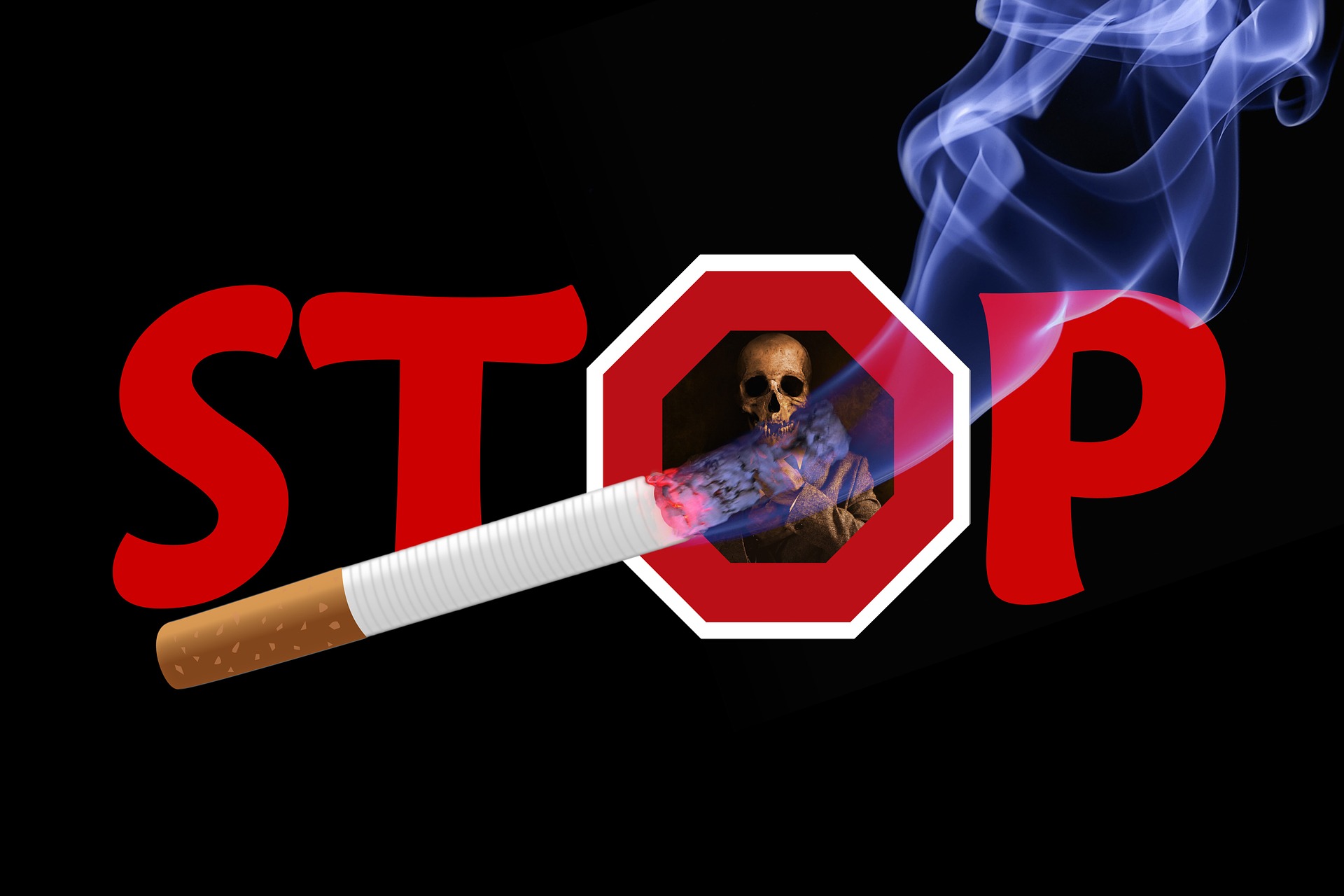It is very important to protect the eyes from external factors such as solar radiation as well as take care of our food.
The sense of sight and the state of our eyes is very important and is that half of the information we receive from the environment comes through them. It is the most valuable sense and the one whose loss would be more serious. However, more than half of the population does not aware how eyes can be taken care of.
The eyes are one of the smallest organs, but more delicate, of our body. They work in coordination with the brain to interpret the size, shape, colour, and texture of the objects that surround us, as well as the distance they are at or the speed at which they move. To raise awareness among the population about the importance of taking care of the sight there are some notches to look after.
1. Take care of the food:
You have to make an effort to consume foods rich in vitamin A, which is essential for sight. In addition to carrots, they contain asparagus, apricots, nectarines, and milk. If, in addition, you are diabetic, hypertensive or have cholesterol, taking care of food is especially important.
2. Keep the eyes hydrated:
Especially when working in front of the computer, it is advisable to blink often. You also have to ventilate the room and, if necessary, use humidifiers. If you still suffer from dry eyes, you can resort to individual solutions of artificial tears. And, of course, drink lots of water throughout the day.
3. Monitor the lighting:
When working, reading or doing any other visual effort at close range, make sure you have enough light in order to prevent eye fatigue. It is also advisable to take brief breaks so that the view rests.
4. Watch television at a distance:
For example, a 32-inch device should be about two meters away, and one of 46, about two and a half meters away. It is also not advisable to see too many hours a day or allow your children to do so.
5. Protect yourself from the computer:
In order to avoid visual fatigue, you must have the computer at a distance of at least fifty centimeters from the eyes and forming a ninety-degree angle. Also, it is important to use a filter or screen protector and adjust the brightness of the monitor to lower its intensity.
6. Wear glasses when driving:
If so instructed by the ophthalmologist, always wear the glasses when driving. In addition to avoiding eyestrain, you will increase your safety and that of others, especially at night. Make sure you also bring spare glasses in the glove compartment. It is best to visit an eye specialist near you to have a power test after 40 years though you might think that your eyes are ok.
7. Bring sunglasses:
Solar radiation can be very harmful to the eyes, so we must protect them with approved sunglasses that have a filter for ultraviolet rays. It will also protect you from other aggressive environmental agents for the eyes such as wind or smoke. Wear your sunglasses also when you practice outdoor sports or go on a motorcycle.
8. Take care of the hygiene of the lenses:
Store the contact lenses in a clean, bacteria-free case and follow the daily cleaning instructions to the letter. Nor should you allow the remains of makeup to dirty the lenses or the case in which you keep them.
9. Learn to relax the view:
Massages performed with slight pressure around the eyes or on them are very useful to reduce the tension that accumulates in the eyes and the muscles that surround them. Also, the practice of exercises of change of focus or of muscular relaxation allows alleviating the visual fatigue.
10. See the ophthalmologist regularly:
Many eye problems do not present symptoms, so you should go to the eye care specialist at least once a year to perform an examination of your eyes and the state of your vision. If you are already correcting refraction problems with glasses or contact lenses, it is very important that you regularly check your graduation.
In modern-day technology become so advanced that everything is in your grasp. Almost anything can be searched on Google or any other search engine today. Like in this topic if you are new to a place or don’t know which ophthalmologist is good near you to have to just type “eye clinic near me” or “eye specialist near me” and click on the search button or press the enter button. Within less than a second you get all the eye specialist details in your area.
Read Also:






















